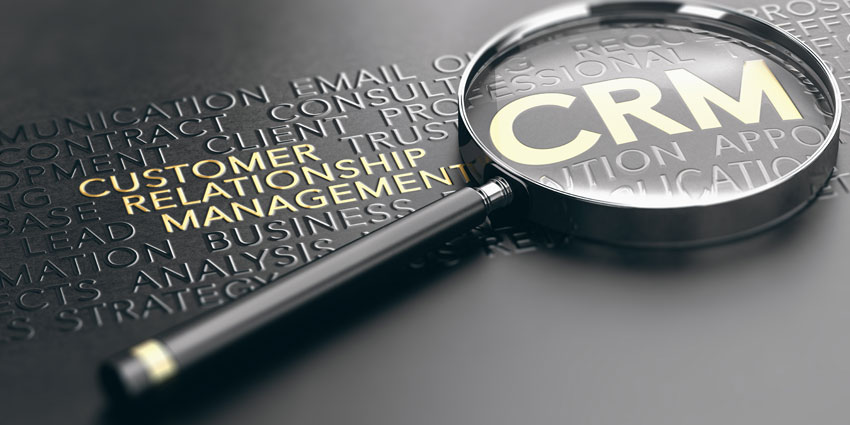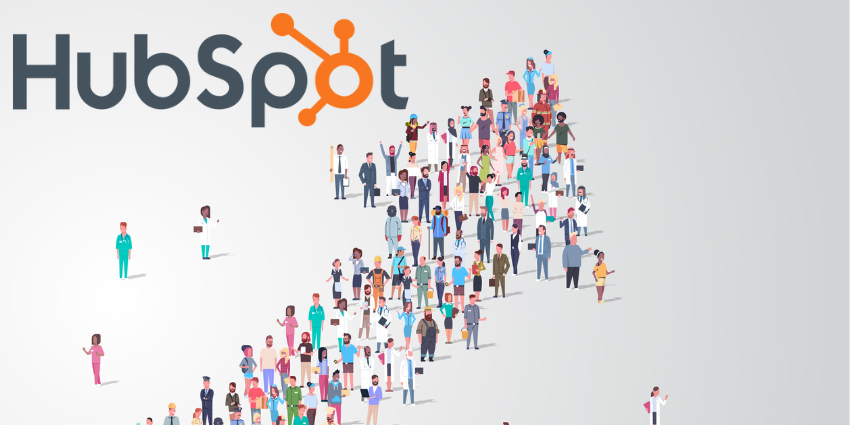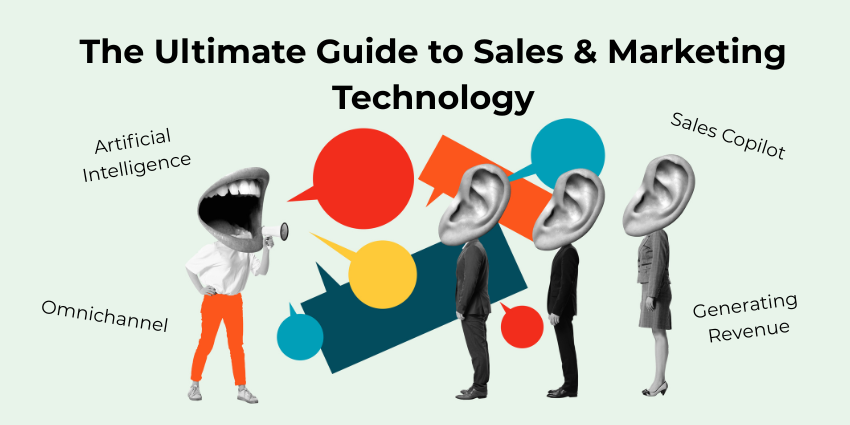When it comes to choosing the tools you need to run a successful business, there are few things more essential than a Customer Relationship Management system. The CRM is more than just another piece of software on a never-ending list for contact centres. A valuable CRM can help companies to better understand their consumers and deliver improved service experiences.
As the customer journey has grown increasingly complex, with new channels and trends appearing all the time, the CRM has evolved too. Today’s solutions don’t just track phone calls and emails, they offer an end-to-end view of the customer journey on every channel, while simultaneously helping to boost employee productivity.
So, what are the components of a successful CRM in the current landscape? Here’s your guide to the anatomy of this crucial tool.
Contact Management
CRM solutions help with automating and managing the customer lifecycle, supporting sales and marketing departments in the process. To do this, the technology must provide an easy and reliable way for companies to manage their contacts.
With contact management features, you can segment your leads into groups based on their needs and demographics. Better contact management translates to new opportunities for effectively gathering consumer information and driving personalized interactions. Contact information on CRM solution should include everything from key demographic information about the customer, to how they prefer to communicate with support agents, and which products they’ve purchased in the past.
Lead Opportunity Management
Perhaps one of the most fundamental components of the CRM, lead and customer opportunity management are must-have features of any CRM. The right tools will allow you to manage your leads, but it should also give you a convenient way to score those contacts based on their likelihood to convert into customers.
Lead management systems allow you to determine which customers you should be following up with, based on psychographic and demographic factors. These tools can improve the productivity and efficiency of your sales team, helping them to focus on the right people at the right time. Some CRM solutions can even use artificial intelligence to suggest how an employee should pursue a lead to boost their chances of a sale.
Dashboards and Reports
For CRM technology to be effective, it needs to offer valuable insights into your business and customers. Once relegated to the realm of business intelligence, reporting and dashboards have emerged as some of the most valuable CRM features. Users can view statistics in an engaging way, using customized reports and graphs. You can even display information from your CRM on wallboards for better employee engagement.
Dashboards and reports often become more effective when you integrate your CRM with the other tools in your workplace, like your contact centre software and workflow management tools.
Connecting your CRM to your contact centre software will help you to see things like which communication platforms your most valuable leads prefer to use.
Workflow management and automation
Although it’s possible to purchase workflow management technology separately, some CRM solutions will come with aspects of this tech built in. For instance, you might be able to set triggers that alert employees on when to take action when a potential customer fills out a contact form on your website. CRM solutions can integrate with project management tools, to help you keep track of who’s working on what in your sales and marketing groups.
Some CRM solutions can automatically engage in specific tasks on your behalf. For instance, your CRM might automatically log information from each conversation you have with a customer and assign those details to the client profile in question.
Third-Party Integrations
As the customer journey has grown increasingly complex, third-party integrations have emerged as a must-have in the CRM solution. Today, the most important integration for most teams will be between the contact centre and the CRM. Giving your sales and support agents access to valuable information about your customers from your CRM system helps them to deliver relevant and personalised experiences to customers.
You can also integrate your CRM system with your collaboration tools, making it easier for employees to connect and share ideas on client accounts wherever they are. These tools might feature things like video conferencing, chat, and file sharing. Other integrations include connections to your email accounts, sales reports, and invoicing tools. The more your crucial systems work together, the more aligned your workforce becomes.
Customer experience metrics
With help from artificial intelligence and big data, your CRM solution can give you a better insight into the general sentiment that customers have towards your business. A combination of sales analytics, customer feedback, and engagement metrics will show you whether you’re driving the kind of experiences that customers really want.
As the digital landscape evolves, solutions are even beginning to emerge that allow companies to predict the needs of their audience in advance. You can use things like sales forecasting information and historical data trends to predict when the busiest times for your business might be, so you can bring in additional staff members. Alternatively, you could track when a customer needs to renew a subscription and send deals at just the right time.
Employee Tracking
CRM software is primarily focused on helping you to understand your customers, by collecting data from multiple touchpoints in the sales lifecycle. However, this technology can also be useful for measuring employee activity and performance too. You can access software that gives each of your team members their own accounts where they can track sales numbers, tasks, meetings, hours, and more. The software can also give supervisors access to their own accounts.
On a supervisor account, management teams may be able to see how individual employees and groups are performing. You can also track where the majority of your customer conversations take place and
determine which team members deserve rewards. With real-time data, you can even see when you need to bring additional remote team members onboard.
The anatomy of the CRM is constantly evolving and growing to suit a modern consumer, with access to everything from AI to automation now available. What will you be looking for in your CRM?







